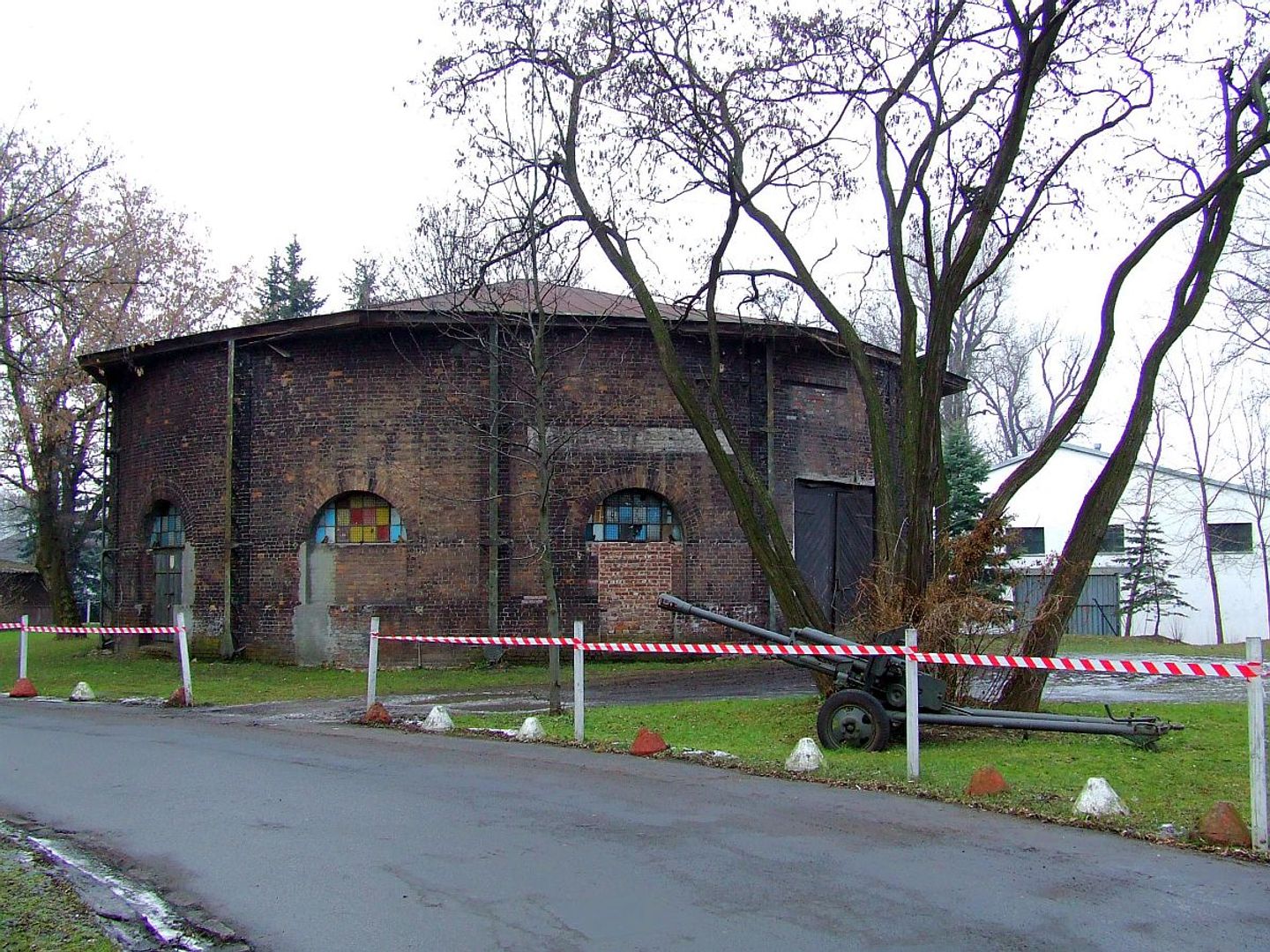Warsaw Fortress
6.12

Overview
The Warsaw Fortress, built by the authorities of the Russian Empire in the 19th century, consists of an inner and outer ring of forts, some of which have survived to this day, while others have disappeared, making way for modern buildings. Architecturally, the fortifications were brick-earth structures with separate ramparts for infantry and artillery, surrounded by moats. The first works began in 1883, and construction was completed in 1890, resulting in 20 forts that quickly became obsolete due to technological backwardness. The modernization of the fortress carried out at the turn of the 20th century introduced concrete structures, but defensive standards still lagged behind their Western counterparts. In a cultural context, some forts were transformed into recreational areas, such as Fort P (“Bema”), which became a leisure spot, while others, like Fort W (“Wola”), disappeared, giving way to commercial development. Historically, the Warsaw Fortress was an important defensive element, but after Russia's defeat in the Russo-Japanese War, the process of dismantling the fortifications began, which continued after World War I. During the interwar period and the German occupation, the forts served various functions, but the lack of a coherent urban plan after the war led to their devastation. Among interesting facts, some forts, such as Fort VI (“Okęcie”), are known for dramatic events, including the 1980 plane crash. Despite neglect, the Warsaw Fortress remains a valuable monument with the potential for reconstruction and adaptation to the needs of modern Warsaw. In 2000, a resolution was introduced to protect the forts and preserve their historical heritage.
Location
Tickets
Powered by GetYourGuide
2025 Wizytor | All Rights Reserved